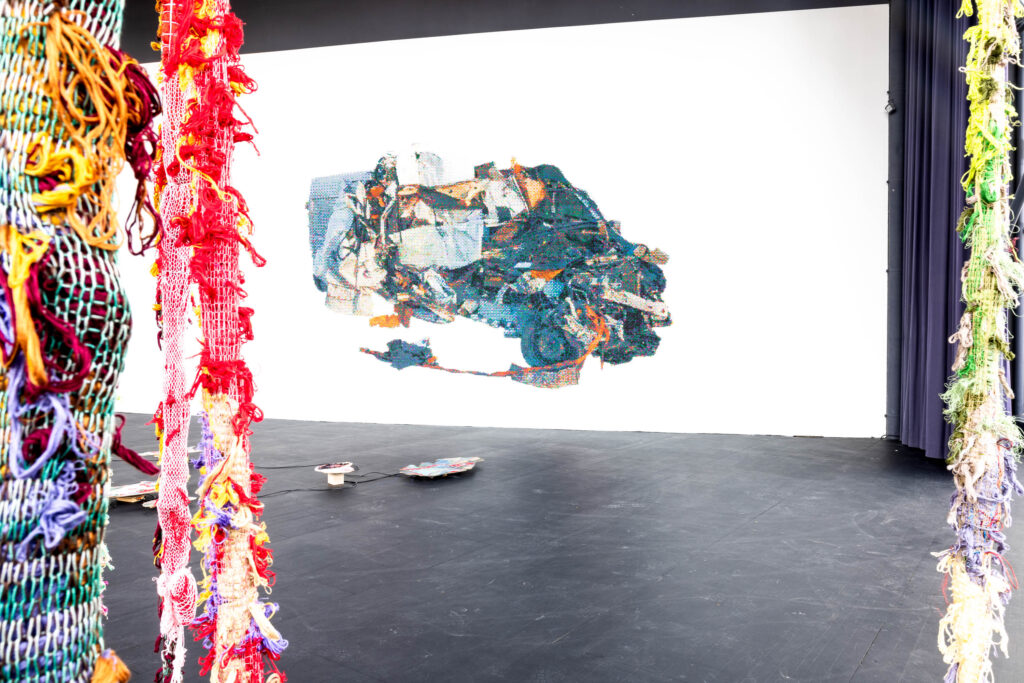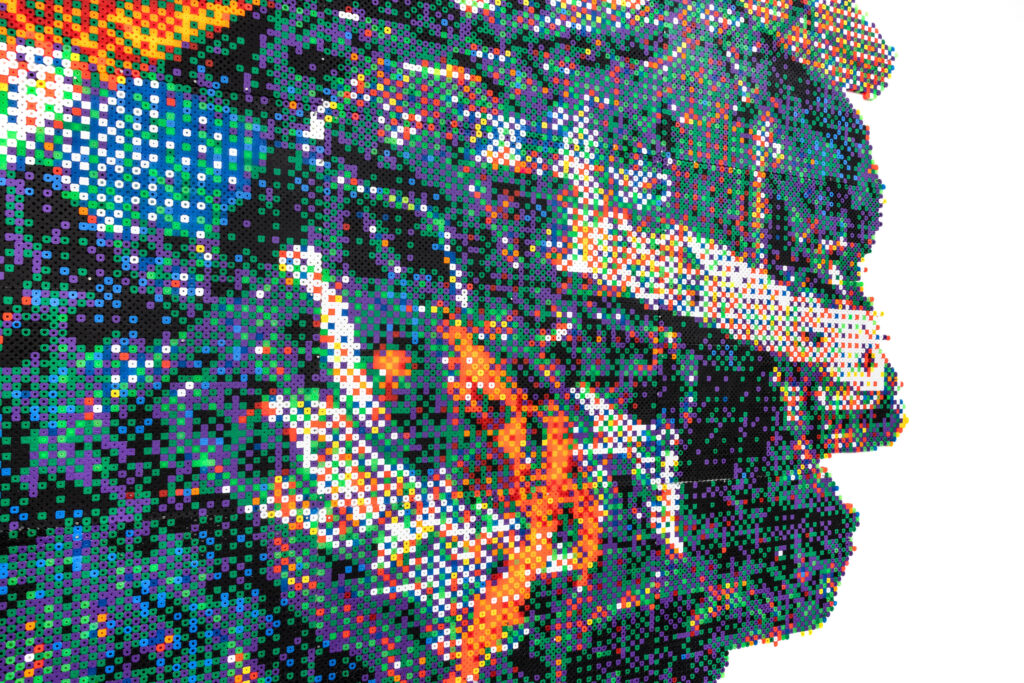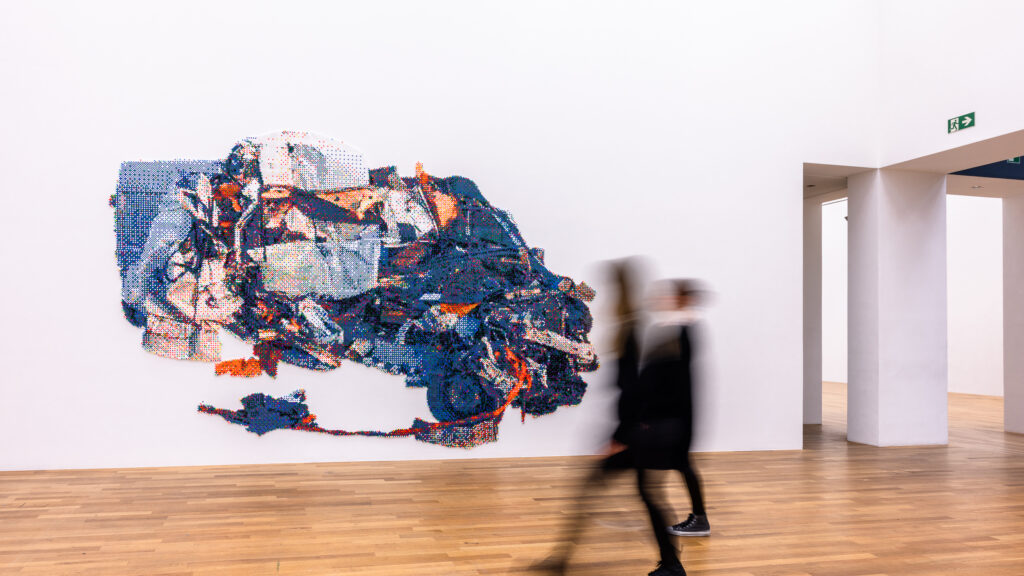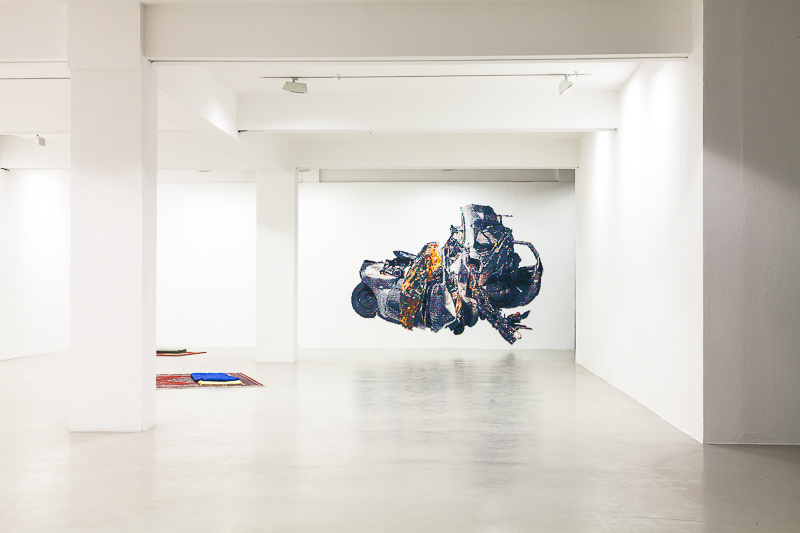- A group exhibition refers to an exhibition with >2 artists
Art est métier | FRAC Alsace
group show in the frame of “Transmergence #04” at FRAC Alsace/FR
Group show in the frame of Transmergence #04 at FRAC Alsace.
Opening: Friday, December 9, 2022, 6pm
Curated by
Felizitas Diering, director of FRAC Alsace and artist Ulrike Weiss, Freiburg im Breisgau/GER.
participating artists:
Aarbenz / Hélène Bleys / Pei-Lin Cheng / Clara Denidet / Sibvlle Feucht / Barbara Feuz / Aurélien Finance / Clotilde Garnier / Vincent Kriste / Saba Niknam / Cécile Tonizzo / Ulrike Weiss / Skander Zouaoui
Press release:
If we consider art as a visual medium for transmitting stories and cultural contexts, as a universal language in a way, the distinction between art and craft becomes superfluous. This is the case in many countries, especially in the Middle East: art is a craft and craftsmanship creates art, produces an object perceptible by the senses.
In the Western art world, dominated by institutions and the art market, we distinguish between art and craftsmanship. But recently, there has been a new appreciation for traditional techniques and, in the meantime, non-European craftsmanship, for example, is presented in contemporary art fairs and biennials. There is an interest in knowledge transmitted orally from generation to generation and in manual activities, often meditative and communal. Is it a reaction to digital fatigue and the pressure of professional performance on the one hand, to the loss of regional diversity and low-cost globalized production on the other – comparable to the Arts and Crafts movement, born there 150 years ago in response to the industrial revolution?
The look at the two distinctive entities, art and craftsmanship, is particularly interesting in the cross-border region located between Basel, Mulhouse and Strasbourg, where textile traditions and applied arts have a long history, which continues to this day. today in art schools, notably the former School of Decorative Arts in Strasbourg (today the HEAR).
The exhibition focuses on artistic works that use repetitive craft techniques: Crochet, knitting, assembling, mounting, sewing, embroidery, but also drawing and painting, collecting, repairing and rearranging.
One will quickly realize that, in accordance with the Western distinction, there are works of art which are not functional, that is, which are not intended to be used or worn, but which stand for themselves, as art for art’s sake demands.
The (photographic) stagings and performances presented as part of the exhibition show that contemporary artistic works do not, however, completely escape the functional. In doing so, they invent new stories and reveal other contexts in the tradition of making.
All the works have this particularity that an artisanal or manual technique constitutes an important part of the work process and becomes inseparable from the artistic reflection and conception. The product remains open in its classification, invents other stories, opens up a research perspective or simply remains a work of art.





